Test Bank For Pilbeams Mechanical Ventilation 5th Edition By Cairo
Chapter 3; How a Breath Is Delivered
MULTIPLE CHOICE
1.The equation of motion describes the relationships between which of the following?
|
a. |
Pressure and flow during a mechanical breath |
|
b. |
Pressure and volume during a spontaneous breath |
|
c. |
Flow and volume during a mechanical or spontaneous breath |
|
d. |
Flow, volume, and pressure during a spontaneous or mechanical breath |
ANS: D
The mathematical model that relates pressure, volume, and flow during ventilation is known as the equation of motion for the respiratory system. This means that: Muscle pressure Ventilator pressure = (Elastance x Volume) (Resistance x Flow)
DIF: 1 REF: pg. 30
2.The equation of motion is represented by which of the following?
|
a. |
PTA = PA x Raw |
|
b. |
PTR = Paw PA |
|
c. |
Pvent Pmus = Raw PTA |
|
d. |
Pvent Pmus = Raw x |
ANS: B
The transrespiratory pressure (PTR) is the pressure generated by either the patient contracting the respiratory muscles or by the ventilator pushing the volume into the patient. This pressure is opposed by the elastic recoil pressure (PE) and the flow resistance pressure (PR). The transairway pressure (PTA) is the pressure gradient between the airway opening and the alveolus. This produces airway movement in the conductive airways. It represents only part of the equation of motion, the pressure needed to overcome the airway resistance. The equation of motion may be represented, on one side, by Pvent muscle pressure (Pmus). However, this is equal to the elastic recoil pressure (V/C) plus the flow resistance pressure (Raw x ) or Pvent Pmus = V/C (Raw x ).
DIF: 1 REF: pg. 30
3.How many variables can a ventilator control at one time?
|
a. |
One |
|
b. |
Two |
|
c. |
Three |
|
d. |
Four |
ANS: A
As the equation of motion shows, the ventilator can control four variables: pressure, volume, flow, and time. It is important to recognize that the ventilator can control only one variable at a time.
DIF: 1 REF: pg. 30
4.Calculate the transrespiratory pressure given the following information: volume 0.6 L; compliance 1 L/cm H2O; airway resistance 3 cm H2O/L/sec; flow 1 L/sec.
|
a. |
0.9 cm H2O |
|
b. |
1.8 cm H2O |
|
c. |
3.6 cm H2O |
|
d. |
4.6 cm H2O |
ANS: C
Transrespiratory pressure (PTR) = Pvent Pmus = V/C ( Raw x ).
DIF: 2 REF: pg. 30
5.An increase in airway resistance during volume-controlled ventilation will have which of the following effects?
|
a. |
Volume increase |
|
b. |
Flow decrease |
|
c. |
Pressure increase |
|
d. |
Rate decrease |
ANS: C
When a ventilator is volume-controlled the ventilator will maintain the volume, which will remain unchanged, along with the flow, but the pressure will vary with changes in lung characteristics. An increase in airway pressure will require more pressure to deliver the set volume. The set rate is independent of the changes in pressure.
DIF: 2 REF: pg. 32
6.An increase in airway resistance during pressure-targeted ventilation will have which of the following effects?
|
a. |
Volume decrease |
|
b. |
Flow increase |
|
c. |
Pressure increase |
|
d. |
Rate decrease |
ANS: A
During pressure-targeted (pressure-controlled) ventilation, pressure is unaffected by changes in lung characteristics. However, an increase in airway resistance will cause less volume to be delivered and will change the flow waveform. The set pressure will not be able to overcome the increased resistance, resulting in less volume delivery and a decrease in flow (V/TI).
DIF: 2 REF: pg. 32
7.A patient who has a decrease in lung compliance due to acute respiratory distress syndrome during volume-limited ventilation will cause which of the following?
|
a. |
Decreased volume delivery |
|
b. |
Increased peak pressure |
|
c. |
Decreased flow delivery |
|
d. |
Decreased peak pressure |
ANS: B
When a patient is being ventilated in a volume-limited mode the ventilator will maintain the volume, which will remain unchanged, along with the flow, but the pressure will vary with changes in lung characteristics. A decrease in lung compliance will cause the amount of pressure needed to overcome elastance to increase. This will increase the peak pressure needed to deliver the set volume. Flow and volume will remain constant.
DIF:2REF:pg. 30| pg. 31
8.During pressure-targeted ventilation the patient’s airway resistance decreases to normal due to medication delivery. The ventilator will respond with which of the following changes?
1. Altered flow waveform
2. Increased pressure
3. Increased volume
4. Decrease volume
|
a. |
1 and 3 only |
|
b. |
2 and 4 only |
|
c. |
1 and 4 only |
|
d. |
1, 2 and 3 only |
ANS: A
During pressure-targeted ventilation the pressure remains constant and the flow and volume will respond to changes in the patient lung and airway characteristics. An improvement in airway resistance will make it easier to put more volume into the lungs with the same pressure setting as compared to volume delivery with increased airway resistance. Since volume and flow waveform will vary with changes in airway resistance, the volume will increase and the flow waveform will change with improvements in airway resistance. In pressure-targeted ventilation the pressure does not change. A decreased volume would be the result of worsening airway resistance.
DIF:2REF:pg. 30| pg. 31
9.High-frequency oscillators control which of the following variables?
|
a. |
Flow |
|
b. |
Time |
|
c. |
Volume |
|
d. |
Pressure |
ANS: B
High-frequency oscillators control both inspiratory and expiratory time.
DIF: 1 REF: pg. 41
10.The ventilator variable that begins inspiration is which of the following?
|
a. |
Cycle |
|
b. |
Limit |
|
c. |
Trigger |
|
d. |
Baseline |
ANS: C
The trigger mechanism ends the expiratory phase and begins the inspiratory phase. Limit is the maximum value that a variable may reach during inspiration. Cycle terminates the inspiratory phase. The baseline variable is applied during exhalation and is the pressure level from which a ventilator breath begins.
DIF: 1 REF: pg. 32

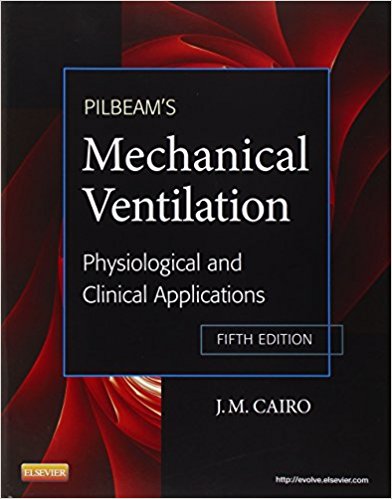
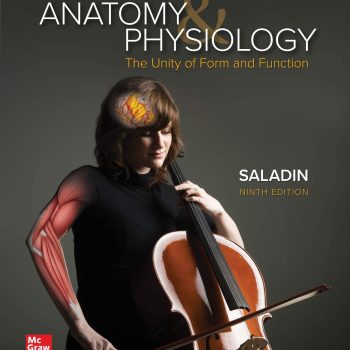
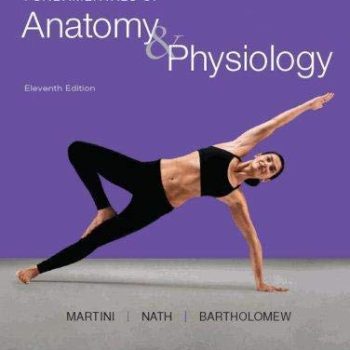
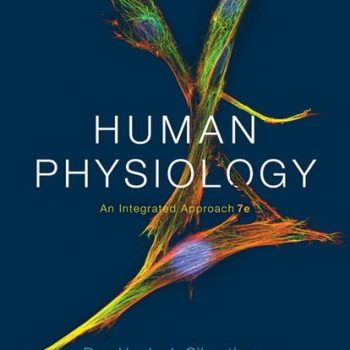

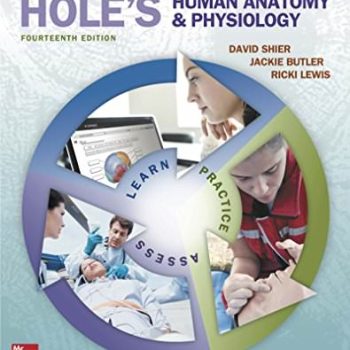
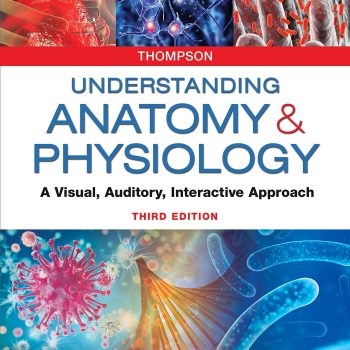
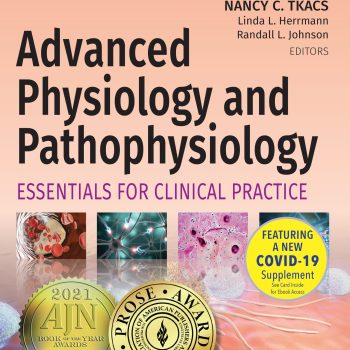
Reviews
There are no reviews yet.